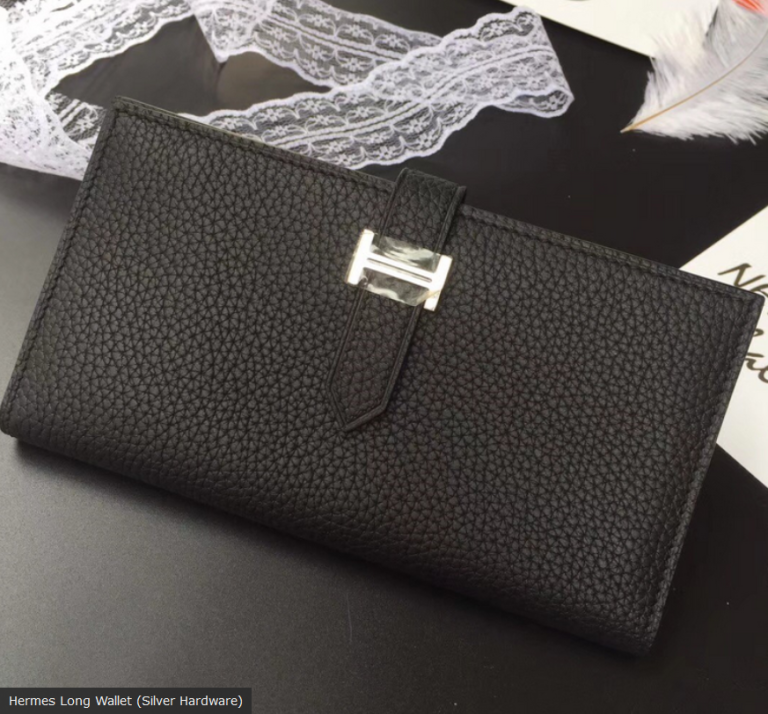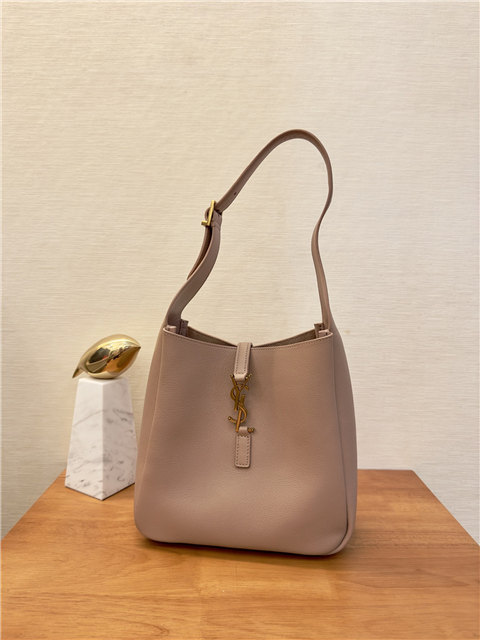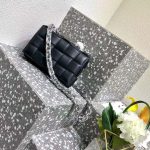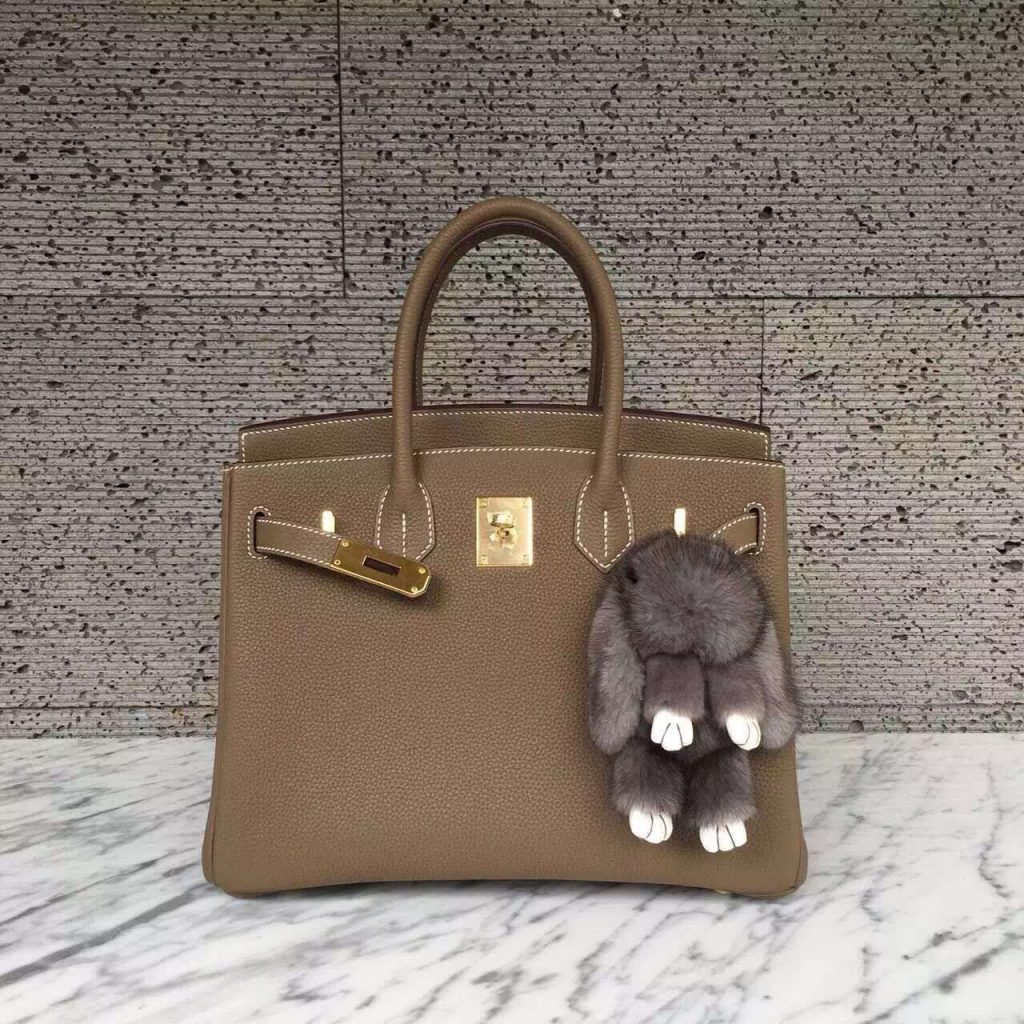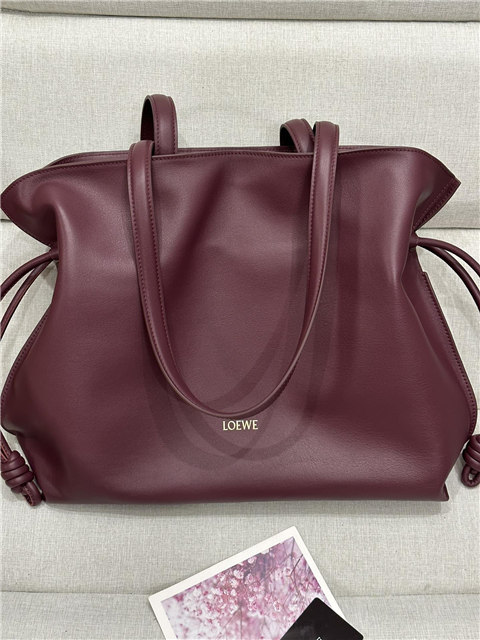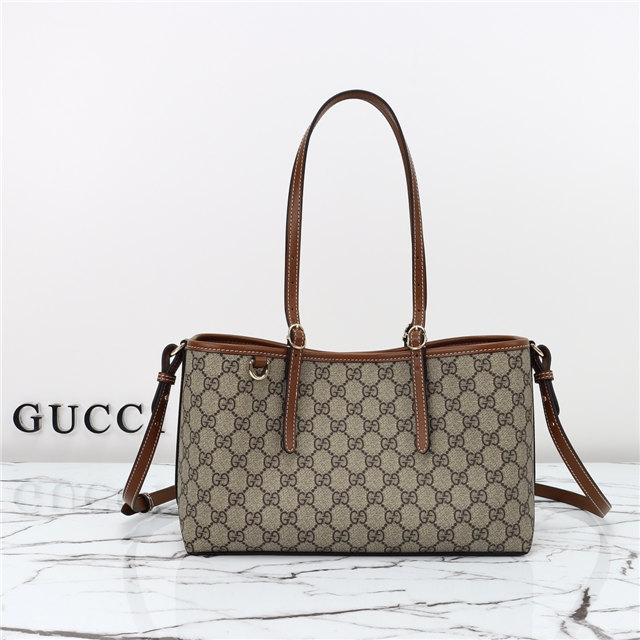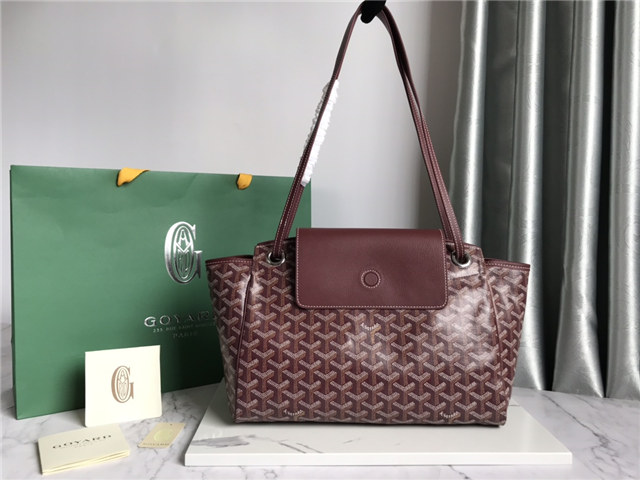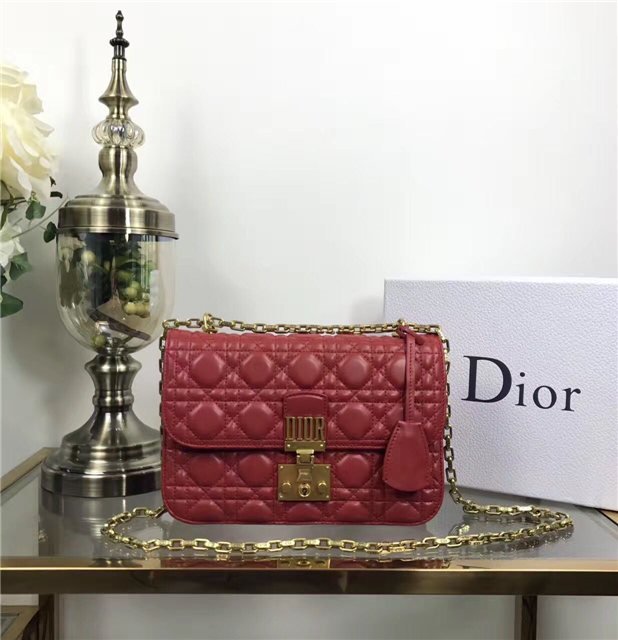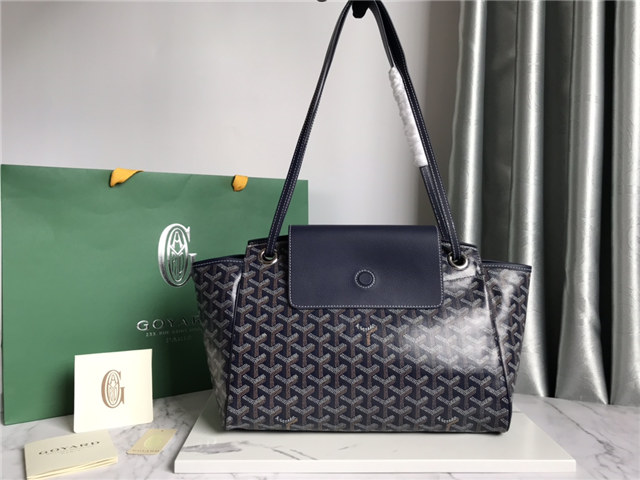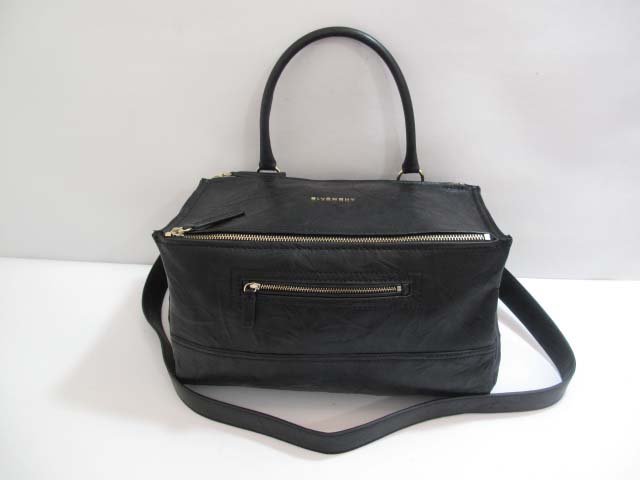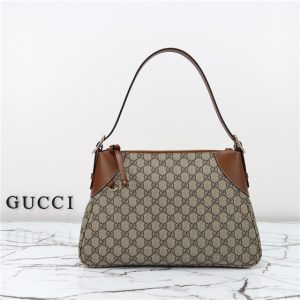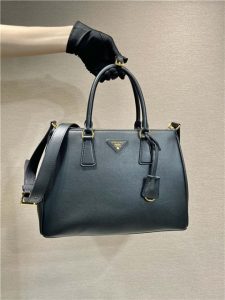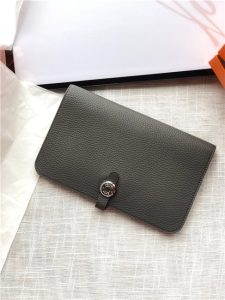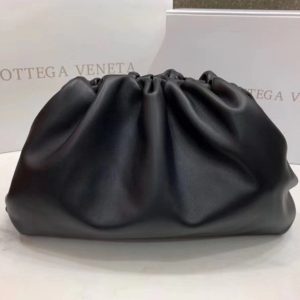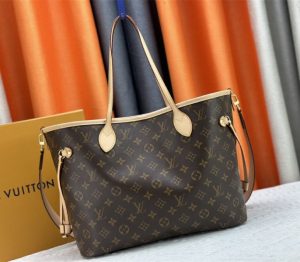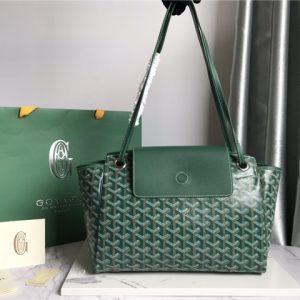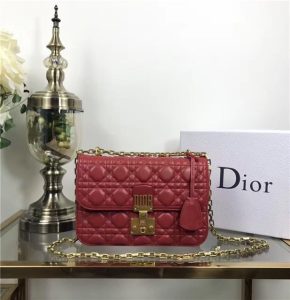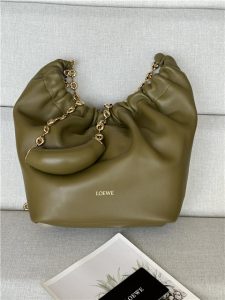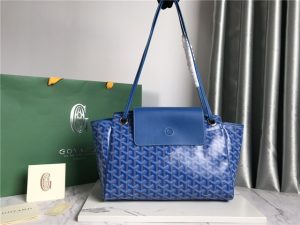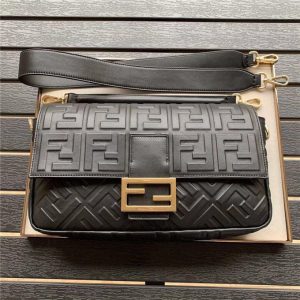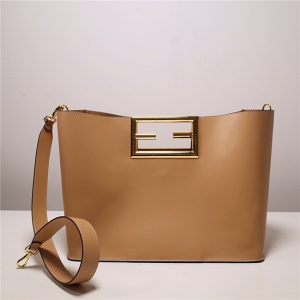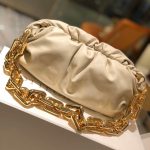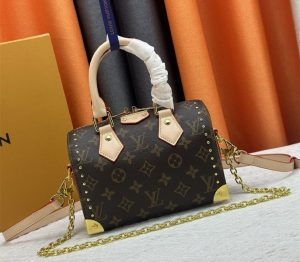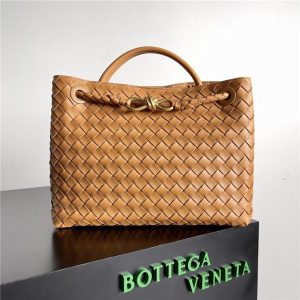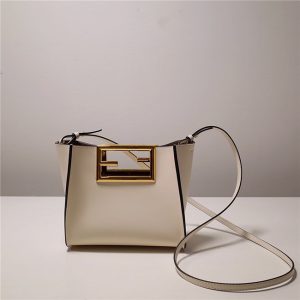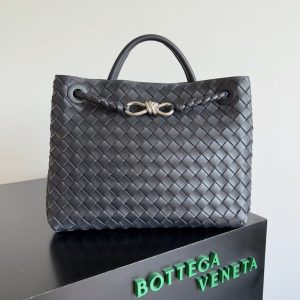The thing is, Favre-Leuba’s got some serious history. Like, *old* history. Second oldest Swiss watch brand, they say. Blancpain beat ’em to the punch by, like, a couple years. But, hey, still impressive. And with that kind of legacy, comes the, uh, *opportunity* for less-than-scrupulous individuals to try and… well, you know… *replicate* things.
Now, India… It comes up *a lot* when discussing vintage watches and potential fakes. I mean, no offense to anyone, but you see all those vintage watches popping up on eBay, right? And you notice they’re *often* coming from India. Seikos, Citizens, HMTs (which are actually Indian-made), even Oris… and Favre-Leuba. So, you kinda start to wonder, don’t you? It’s natural to be skeptical!
The thing is, Favre-Leuba watches weren’t really *around* in India much after the 80s, apparently. Something about the economy and all that jazz. So, if you’re seeing a “vintage” Favre-Leuba from India, alarm bells *might* start ringing. I’m not saying *every single one* is a fake, okay? Don’t come at me! But it’s a *red flag*, you know? Like, proceed with caution, my friend.
The real kicker? Someone in one of those forums actually said they don’t think there’s much of a market for fake Favre-Leubas. Which, like, huh? It’s a niche watch, sure. Not everyone knows ’em like they know Rolex. But, still… people counterfeit Casios! Like, those $20 plastic wonders! Anything’s possible, right? Maybe it’s *because* they’re not as well-known that it’s easier to pull off a fake, you know? Less people will know what to look for!
And then there’s the whole “redial” issue. You know, where they repaint the dial and maybe even mess up the spelling of the brand name? Yikes.

